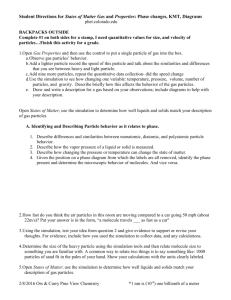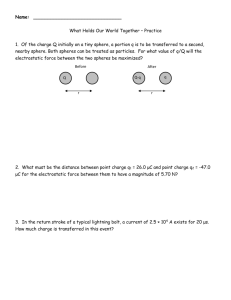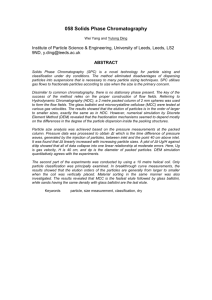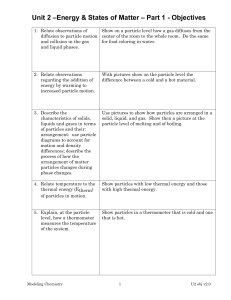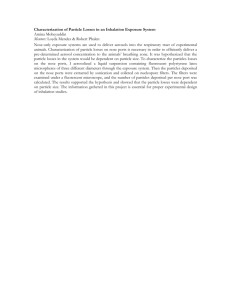project-msd
advertisement
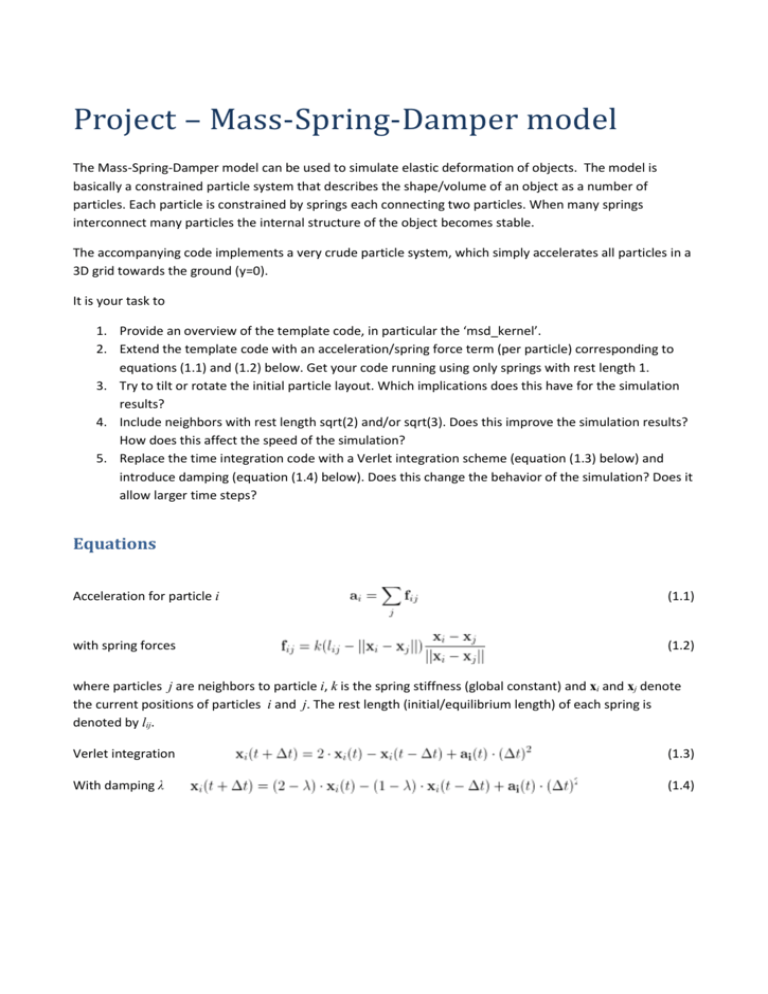
Project – Mass-Spring-Damper model The Mass-Spring-Damper model can be used to simulate elastic deformation of objects. The model is basically a constrained particle system that describes the shape/volume of an object as a number of particles. Each particle is constrained by springs each connecting two particles. When many springs interconnect many particles the internal structure of the object becomes stable. The accompanying code implements a very crude particle system, which simply accelerates all particles in a 3D grid towards the ground (y=0). It is your task to 1. Provide an overview of the template code, in particular the ‘msd_kernel’. 2. Extend the template code with an acceleration/spring force term (per particle) corresponding to equations (1.1) and (1.2) below. Get your code running using only springs with rest length 1. 3. Try to tilt or rotate the initial particle layout. Which implications does this have for the simulation results? 4. Include neighbors with rest length sqrt(2) and/or sqrt(3). Does this improve the simulation results? How does this affect the speed of the simulation? 5. Replace the time integration code with a Verlet integration scheme (equation (1.3) below) and introduce damping (equation (1.4) below). Does this change the behavior of the simulation? Does it allow larger time steps? Equations Acceleration for particle i (1.1) with spring forces (1.2) where particles j are neighbors to particle i, k is the spring stiffness (global constant) and xi and xj denote the current positions of particles i and j. The rest length (initial/equilibrium length) of each spring is denoted by lij. Verlet integration (1.3) With damping λ (1.4)





